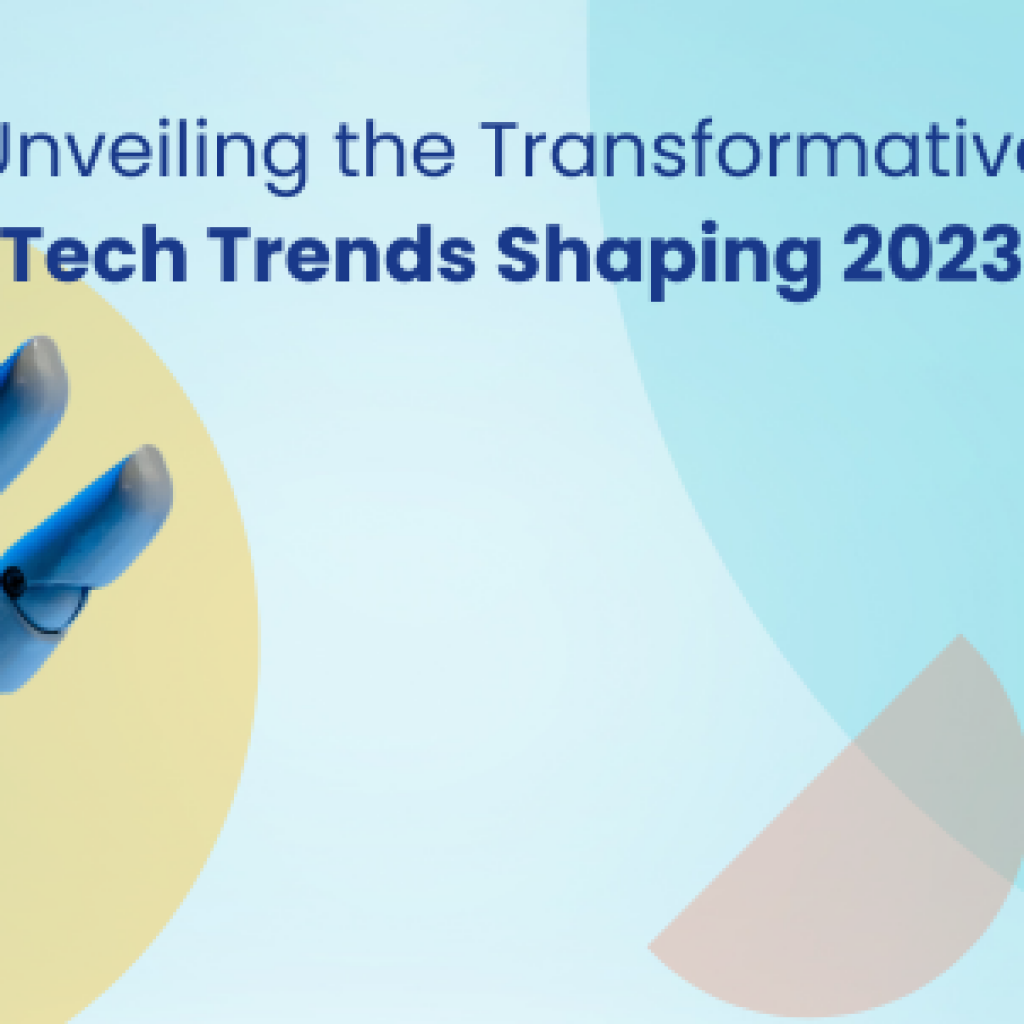Every business wants to innovate but a will alone isn’t enough. During a survey by Accenture, 96% of executive agreed that their long-term success depends on developing new ideas. However, only a few companies succeed while for a lot it remains an elusive goal.
And why does that happen? It is because innovative ideas rarely emerge the way Hollywood or sci-fi movies pose them to be— an aha! moment after thinking linearly. Instead, exposing to new ways of thinking and then thinking differently is something that leads to the birth of an idea.
When you want to get exposed to a new way of thinking, one way, which I consider best, is to look outside your circle to come out of your creative rut. Ted Talks on innovation and creativity is one of such ways that gives us a chance to learn from success and mistakes of others.
After watching multiple Ted Talks I shortlisted 3 best Ted talks on innovation and creative thinking. Further, I won’t be simply throwing links and titles of these Ted Talks your way. Instead, I have decided to summarize the main learning so that you get the gist in less time – the main philosophy of North Star!
Furthermore, I have provided links to a particular timeframe of a video so that you can directly jump and watch that particular section where most valuable information is. Let’s have a look at them one by one:
Where Good Ideas Come From?
An idea is a new network of neurons firing in sync with each other inside your brain on the most elemental level. It’s a new configuration that has never formed before.
Every now and then, a new idea comes to someone’s mind which carries the potential to disrupt an industry and to affect the world in a better way.
But the question is: where do such ideas come from? And if an idea is a neuron network, how do we get our brain into environments where these new networks form?
The answer is space. A space, like a coffeehouse, is where people would get together from different backgrounds, different fields of expertise, and share things. And if you see, an astonishing number of innovations have a coffeehouse somewhere in their story.
Because in places like coffee shop, we casually share our ideas, that’s why we better understand what others are saying and this is the reason we are able to mix different ideas into an innovative one.
We take ideas from many people, like our teammates, mentors, friends, and people we run into in a coffee shop. We combine them and create something new.
That’s really how innovation happens.
So, if we’re trying to build organizations that are more innovative, we have to build these types of creativity spaces.
A few years ago, a researcher named Kevin Dunbar decided to do the Big Brother approach to figure out where good ideas come from. He went to a bunch of science labs around the world and videotaped everyone when they were doing their jobs.
Like, when they were sitting in front of the microscope when they were talking to their colleagues at the water cooler, and similar things. Later, he tried to figure out where the most important ideas happen.
But what Dunbar found, in fact, was almost all the important breakthrough ideas did not happen alone in the lab or in front of the microscope. They happened at the conference table, the weekly lab meeting, where everybody got together and shared their kind of latest data and findings, and sometimes when people shared the mistakes and the errors.
We’ve heard a lot recently about hunch and instinct and blink-like sudden moments of clarity but in fact, a lot of great ideas linger on, sometimes for decades, in the back of a person’s mind.
The reason is people like to condense their stories of innovation down to some kind of shorter time frames. So they want to tell the story of the “Eureka!” moment. They want to say, “There I was, I was standing there and I had it all suddenly clear in my head.” which in fact, turns out that a lot of important ideas have very long incubation periods.
Also, about a decade or two ago, a scholar named Howard Gruber looked at Darwin’s notebooks from this period. Darwin kept these copious notebooks where he wrote down every little idea or hunch he had. And what Gruber found was that Darwin had the full theory of natural selection for months and months before he had his alleged epiphany, reading Malthus in October of 1838 when he first got the idea of a basic algorithm of natural selection.
I already pointed out the main idea from the ted talks but there is one more interesting fact which you can see in the video from here at 12:14.
How Making Toasts Can Help Solve Wicked Problem?
Now, when you know about idea generation environment, you should worry about the next step. An idea is not going to make you successful until you convert that idea into an innovative product.
And while doing that you will face problems both simple and complex. One can easily solve a simple problem but what about complex one. Is there any way to solve a complex problem?
Fortunately, there is.
Tom Wujec, a well-renowned author, and ted speaker, stumbled across a simple design exercise that helped people understand and solve their complex problems. Many of these design exercises seemed trivial at first but, under deep inspection, it revealed unexpected truths of collaborating and making sense of things. The exercise is completely about visualizing the experience that people have.
It begins with a clean sheet of paper, a felt marker, and without using any words, you begin to draw how to make toast.
There are many drawing which you can see in the video from 1:01 to 2:00.
Most drawings have nodes which represent the tangible objects like the toaster and people, and links which represent the connections between the tangible things. And the combination of links and nodes produces a system which shows how we think something works.
The complexity can be measured by counting the number of nodes. The average complex design has 4 to 8 nodes whereas less than that seems trivial. More than 13 nodes mean the complexity is high.
So, the sweet spot is between 5 and 13 minutes. If you want to communicate something visually, have between 5 and 13 nodes in your diagram.
Some of us may not be skilled at drawing, but the point is to know how to break down complex things into simple things and then bring them back together again.
You can do this toast making exercise with sticky notes or paper cards.
Well, with cards, most people tend to draw clear, more detailed, and more logical nodes. You can see the step by step analysis that takes place. And as they build up their model, they move their nodes around, rearranging them like Lego blocks. This rapid iteration of expressing and then reflecting and analyzing is the only way in which we get clarity.
Also, the systems theorists tell us that the ease with which we can change a representation correlates to our willingness to improve the model. So sticky note systems are not only more fluid, they generally produce way more nodes than static drawings.
But what if you do this exercise in a group?
First, it starts out messy, and then it gets really messy, and then it gets messier. But as people refine the models, the best nodes become more prominent and with each iteration, the model becomes clearer as people build on top of each other’s ideas.
What emerges here is a unified system model that integrates the diversity of everyone’s individual points of view, so that’s a really different outcome from what usually happens in meetings.
Now, another interesting thing, the groups spontaneously mix and add additional layers of the organization to it. To deal with contradictions, for example, they add branching patterns and parallel patterns.
Bonus: If you do it in complete silence, you do it much better and more quickly.
There’s a visual revolution that’s taking place as more organizations are addressing their wicked problems by collaboratively drawing them out. And I’m convinced that those who see their world as movable nodes and links really have an edge.
There is something important waiting for you in the video at 7:05 which you might like to see.
How is world setting new principle for innovation?
Nicholas Negroponte famously said, “Demo or Die,” as opposed to “Publish or Perish,” which was the traditional academic way of thinking. He often said the demo only has to work once, because the primary mode of us impacting the world was through large companies being inspired by us and creating products like the Kindle or Lego Mindstorms.
But today, with the ability to deploy things into the real world at such low cost, the motto changes and this is the official public statement, “Deploy or Die.” You have to get the stuff into the real world for it to really count.
If you compared the current world to before-internet version, the world is now more complex, faster, and connected than ever.
But the good news is that even though the world is extremely complex, what you need to do is very simple. It’s about stopping this notion that you need to plan everything, you need to stock everything, and you need to be so prepared, and focus on being connected, fully aware and super present. And the most important thing: learning.
You need not learn everything to innovate. One can easily find anything from Wikipedia or Google. What you need to learn is how to learn.
And that the thing we share with our students too. Instead of giving them education we give them learning.
For that purpose, we sent a bunch of students to Shenzhen, where they sat on the factory floors with the innovators in Shenzhen, and it was amazing. They were given manufacturing devices and were told not to make prototypes or PowerPoint. They were fiddling with the manufacturing equipment and innovating right on the manufacturing equipment.
What they do is, they make a cell phone, go down to the stall, they sell some, they look at the other kids’ stuff, go up, make a couple thousand more, go down. It sounds like agile software development, A/B testing, and iteration, and what we thought you could only do with software, kids in Shenzhen are doing this in hardware.
And that is pushing innovation to the edges.
The same is happening in the biotechnology which you can see in this video 7:34 to 9:05 minute.
So it’s happening in software and in hardware and bio-engineering. So this is a fundamentally new way of thinking about innovation. It’s a bottom-up innovation, it’s democratic, it’s chaotic, and it’s hard to control. It’s not bad, but it’s very different.
And the traditional rules that we have for institutions don’t work anymore, and most of us here operate with a different set of principles. Another interesting principle is the power of pull, which is the idea of pulling resources from the network as you need them rather than stocking them in the center and controlling everything.








